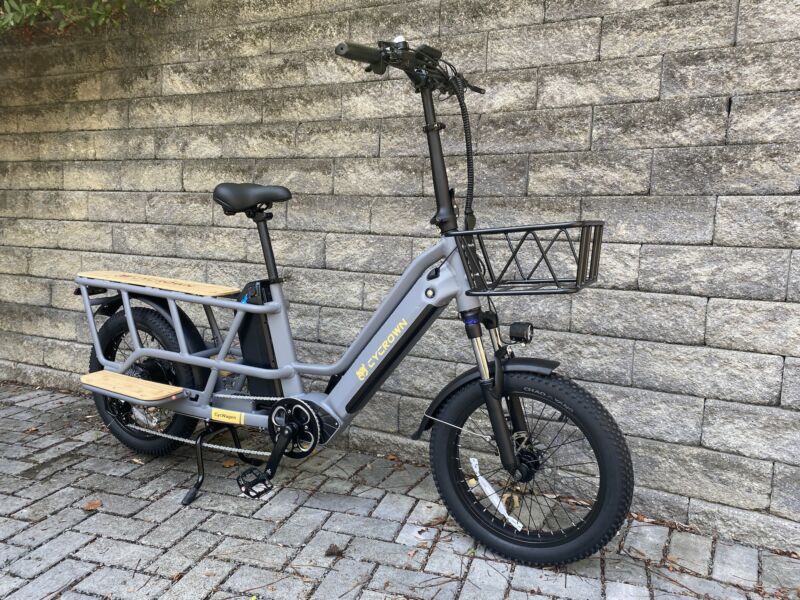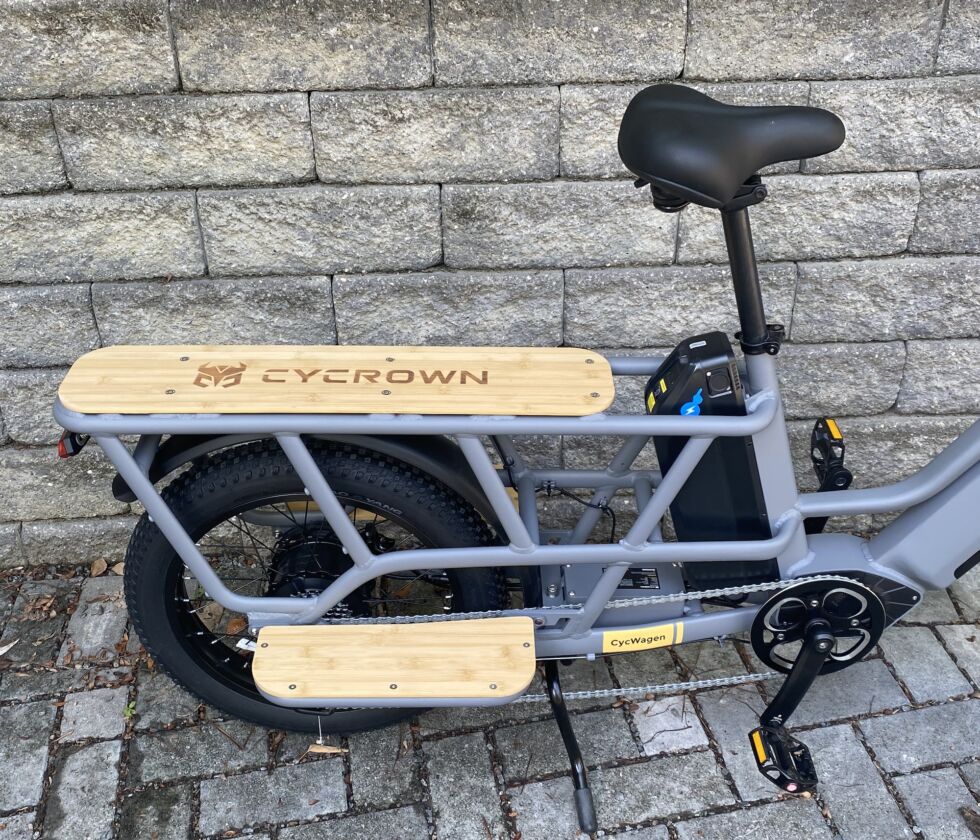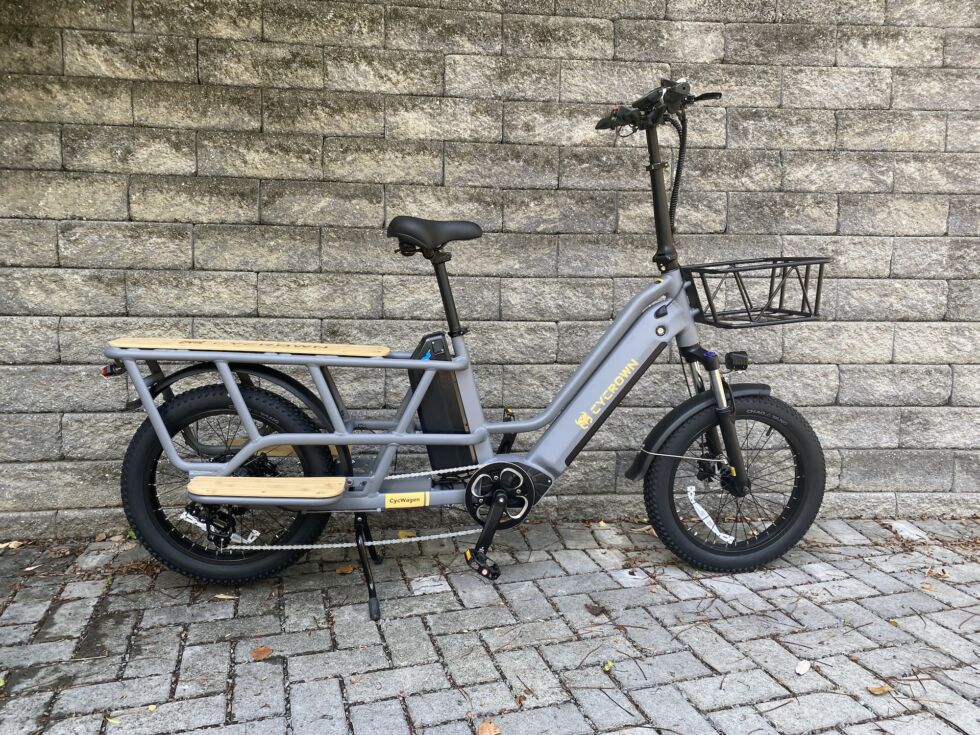
John Timmer
More than most other forms of bicycle, cargo bikes are specifically designed to make it easier to ditch a car. Whether it’s to carry groceries or kids, they can do a lot more of the daily shopping than most other forms of two-wheeled transport. The problem with some of the more expensive cargo bikes is that the initial cost can rival a decent second-hand car (although the running costs will be considerably less) without offering the flexibility that a car might offer.
Fortunately, as Beth Mole discovered, you don’t necessarily have to spend that much to get a decent riding experience, putting cars at an even greater disadvantage. Which made me curious about what the price floor for a decent cargo bike might be – how little can you pay and still get a satisfying experience? I was also keen to give my month-long car-free experiment a second go, which should have happened during my previous review but was interrupted by bushfire smoke.
Which all explains why I was given a $1,500.00 cargo bike, the CycWagon, from a company called Cycrown. It’s currently on track to get me through a car-free month, but it has… well, a lot of problems.
Summoning cars from my past
The CycWagon is a long-tail cargo bike, meaning that the frame extends well to the back of the seat, creating a space that can accommodate people or packages, depending on whether you equip the space with seat or rack hardware. They’re generally not great as all-around bikes. For starters, in order to keep the center of gravity low, they often use smaller circumference wheels, which changes the handling. The increased spacing between the wheels also requires a relatively stiff frame, which can transfer more of the bumpiness of the road directly to your body. Depending on what mounts you have on the back, they can also be considerably wider than a regular road bike, which is something to keep in mind when riding.

JOHN TIMER
The CycWagon does make some adjustments to make the ride a bit smoother. For starters, it has front suspension that definitely soaks up some of the bumps in the road. Wide tires that can run at low pressures also improved things. And I definitely felt like the rear end of the frame was a bit more supple than the Trek cargo bike I tried a year earlier. So all in all, it was a much less jarring ride.
However, I can’t call it better because of a few decisions Cycrown made. For starters, the company went a little too far in its attempt to keep the center of gravity low, in that the cranks sat low enough to the ground that the pedals would scrape the road surface if you tried to lean into a turn while pedaling. I gradually got used to remembering to stop pedaling when turning, but by then I had already scraped the finish off both sides of both pedals, leaving the bare metal exposed.
I’ve gotten pretty used to e-bikes that are rated for my height but don’t fit my legs, but the CycWagon’s seat was so low that my thighs were horizontal when pedaling, making me feel like I’d just pushed a small child off their bike and ridden them. The low seat was oddly combined with the handlebars of a folding bike, for reasons beyond me. This does allow you to fold them, but it’s not clear to me when that would be useful. But it also positions the grips a bit too far forward, making the riding position even more awkward. Still, the handlebars are vertically adjustable, so it’s possible to find a reasonably comfortable setup.

John Timmer
You probably can't make a longtail a fun ride, but all of these design choices made the ride more uncomfortable than it needed to be and more than offset the plushness of the tires and front shock.
The bike itself was a fairly utilitarian gray. But it came with a wood panel for the cargo area deck, and there are two optional foot pegs that can be installed on either side of the rear wheel, which are also covered in wood. Maybe it’s nostalgia for the cargo wagons of my youth, but I liked the mixed metal/wood look. Unfortunately, I discovered along the way that all that wood had to go.

